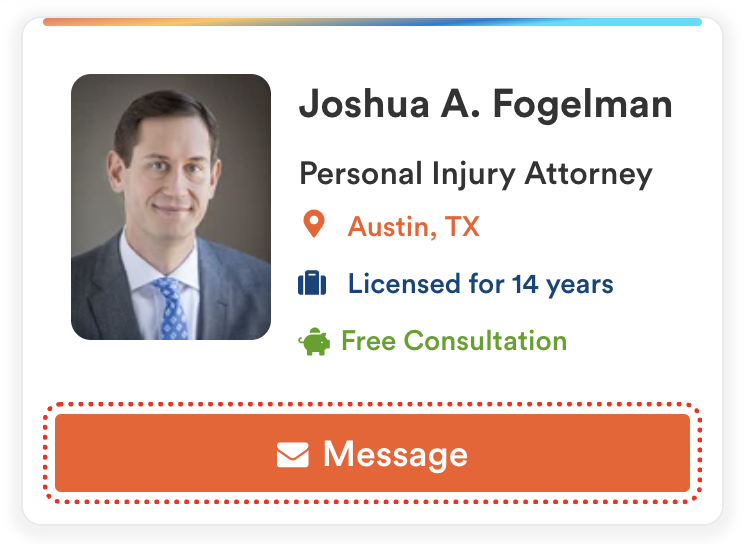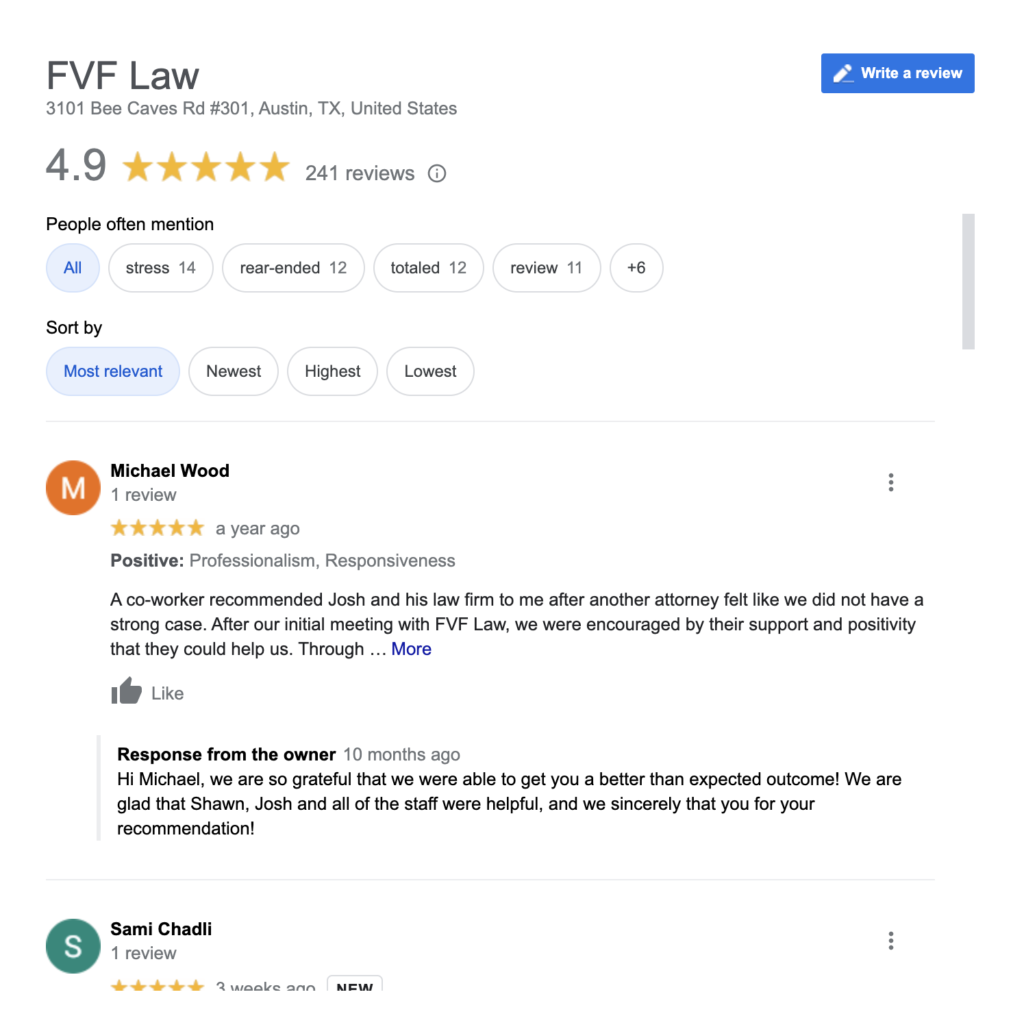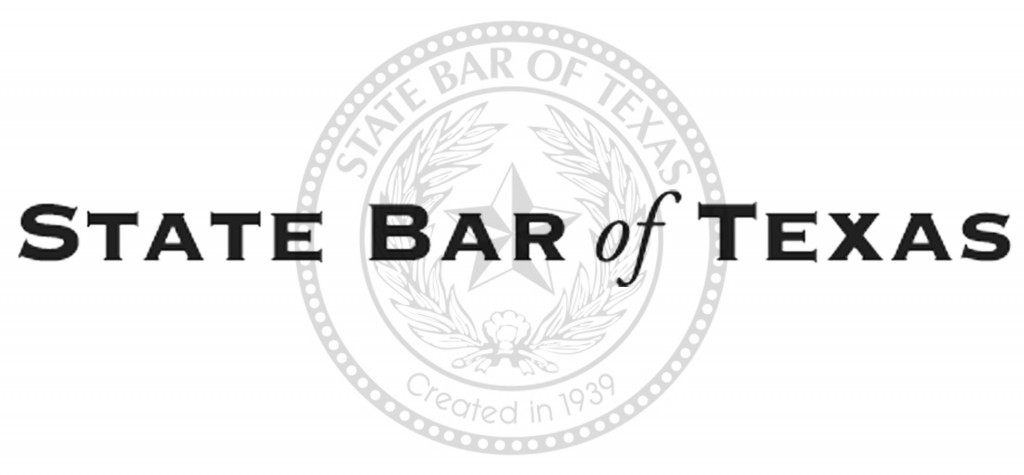How to Find the Right Personal Injury Attorney in Austin, TX
There are a glut of attorneys in the U.S. In fact, lawyers are the 25th most common profession in the country. There are over 108,000 active attorneys in Texas alone.
With this many lawyers around, it can be hard to know how to find the right one for your case. This article discusses how to find the right personal injury lawyer in Austin. Read on for key tips that can help you in your search for legal representation.
1. Searching the Internet

The internet is the most common method for finding a lawyer. Over 90% of consumers use a search engine when looking for legal services. Google, of course, is the most popular search engine.
You can begin your search for a lawyer on Google. You can search for keyword terms like “personal injury lawyer near me” or “Austin personal injury lawyer.” This search will provide you with a list of lawyers and law firms in your area.
A Google search should be the beginning — not the end — of your search. You can’t automatically assume that law firms that appear on the first page of Google are the best firms to handle your injury case. They may just have the biggest marketing budgets or the most search-engine-friendly websites.
Therefore, you should always conduct further research on the attorneys you find on Google or other search engines.
2. Legal Directories
Legal directories provide an excellent way to do more in-depth research on a particular personal injury lawyer. Directories provide useful information about an attorney, including their contact information, years of experience, practice areas, awards, and disciplinary history, among other things. Many directories also provide a rating for the attorney based on peer reviews and/or information in their profile.
We’ll go over the most popular legal directories below.
Avvo
Avvo is perhaps the most well-known legal directory and attorney rating service. The platform creates a profile for every licensed lawyer it can identify — which includes 97% of attorneys in the U.S.
Avvo rates lawyers on a scale of 1.0 – 10.0 based on the information lawyers include in their profiles and information from state bar organizations.
Avvo also has a spot for “customer reviews,” where former clients can rate their experience with a lawyer out of five stars. For example, if you are reviewing personal injury lawyers in Austin on Avvo, you will see a one to five-star client rating below the attorney’s name.
Avvo allows you to get a comprehensive look at the quality of an attorney’s legal services. Ideally, you’d want to hire someone who has an Avvo Rating of 10, such as Joshua Fogelman, a personal injury lawyer in Austin at FVF Law Firm.

Justia
Justia has a large directory of lawyer profiles. Like Avvo, the platform uses a 1.0 – 10.0 rating system for attorneys. However, a lawyer’s rating is based solely on peer reviews from other attorneys who have worked with the lawyer. Justia provides specific 1.0 – 5.0 ratings for an attorney’s legal knowledge, legal analysis, communication skills, and ethics/professionalism.
Justia provides you with a glimpse of what the legal community thinks about a lawyer.
Findlaw
Findlaw has one of the largest online lawyer directories on the internet. FindLaw does not have its own rating system. Rather, an attorney’s Findlaw rating is based on the average of all the attorney’s client reviews on their profile. Clients can rate a lawyer from one to five stars.
Findlaw offers a good opportunity to find out what former clients have to say about their experience with a lawyer.
3. Online Reviews
As noted above, many online legal directories provide a terrific source of client reviews. However, Google is the gold standard for attorney reviews — and will be the place you’ll likely find the most client reviews and ratings for a lawyer or law firm.
You can typically find an attorney’s Google reviews on their Google Business Profile listing. This listing should come up with you search the attorney or firm name on Google. You can also type the name or the term “personal injury lawyer” into Google Maps to see the results with reviews.

Take time to read the reviews of a lawyer you’re considering hiring. Read the good reviews and the bad reviews. Take note of how the attorney responds to negative reviews. Are they professional and empathetic, or are they petty and aggressive? This information can give you insight into what the lawyer would be like to work with.
4. Texas State Bar

The State Bar of Texas website can be a valuable asset in your search for an attorney. The bar operates an attorney referral service for individuals looking for legal services. This service will refer you to a lawyer in your geographic area that best matches your legal needs.
The Bar also has a directory of all active and inactive attorneys in Texas. This directory will tell you the lawyer’s contact info, date of licensure, and disciplinary history, among other things.
5. Prepare for Your Consultation With an Injury Lawyer

Identifying a lawyer is only the first step in finding the best legal professional for your case. Your initial consultation will provide you with the information you need to make an informed decision. Most personal injury lawyers offer free consultations. So, be sure to make the most of it.
Prepare a list of questions for your injury attorney to help you determine if they’ll be a good fit for your case. At a minimum, you should ask about:
- Their years of experience
- Their history of handlings cases like yours
- Whether they exclusively practice personal injury law
- Whether they have trial experience
- Whether they’ll hire experts to help with your case
- Their fee structure
- Their estimation of the value of your personal Injury claim
Preparing a list of questions can help you stay on task during your consultation. It can also help you remember all the things you want to discuss in the meeting.
You should walk away from your consultation with a pretty good idea of the attorney’s personality and whether they are they right lawyer for your case. You should feel free to have multiple initial consultations to make sure you get the right legal representation. After all, it can take a few tries to find the best personal injury lawyer in Austin, TX.


